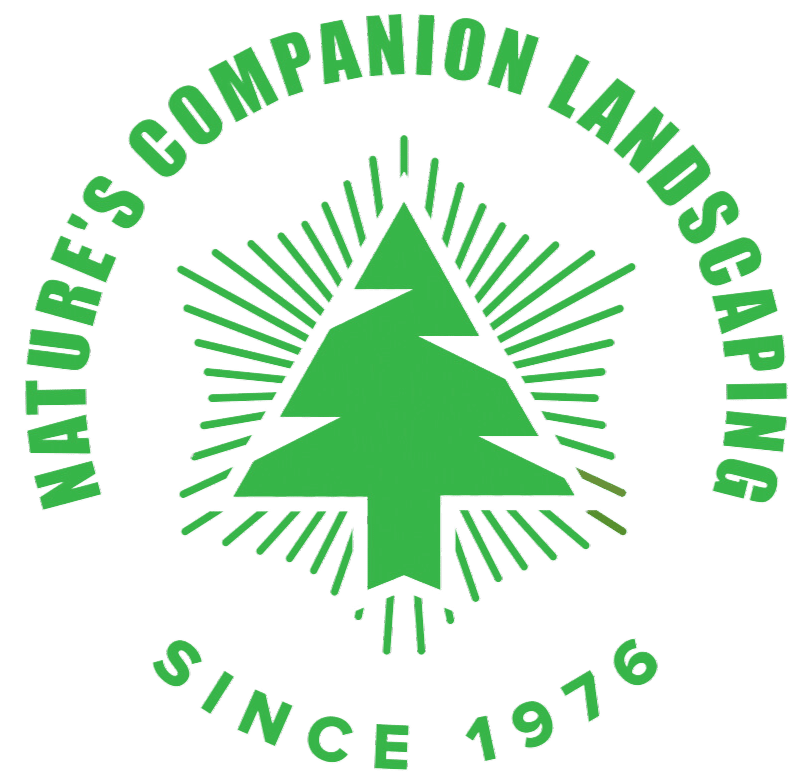Landscape design construction is a multifaceted process that involves careful planning, precise execution, and meticulous attention to detail. From conceptualization to project completion, each stage of landscape construction plays a crucial role in bringing outdoor spaces to life.
In this comprehensive guide, we’ll explore the steps and considerations involved in landscape design construction, providing insights into the process from start to finish.

Initial Planning and Site Assessment
The first step in landscape design construction is the initial planning phase, which begins with a thorough site assessment. Landscape designers carefully evaluate the site’s topography, soil conditions, drainage patterns, sunlight exposure, and existing vegetation. This assessment helps determine the site’s suitability for various landscaping elements and identifies any potential challenges or constraints that need to be addressed.
Consideration: During the initial planning phase, it’s essential to consider the client’s goals, preferences, and budget constraints. By understanding the client’s vision for the project, landscape designers can tailor their designs to meet the client’s specific needs and expectations.
If you are looking for professional Landscape Design Construction in Syracuse, New York, contact us to help you with your project.
Conceptual Design and Visualization
Once the site assessment is complete, landscape designers begin the conceptual design phase. This stage involves creating preliminary design concepts and visualizations that capture the overall look and feel of the proposed landscape. Using sketches, renderings, and digital tools, landscape designers present design options that explore different themes, layouts, and elements.
Consideration: When developing conceptual designs, landscape designers must consider factors such as aesthetics, functionality, and sustainability. By incorporating these considerations into their designs, landscape designers can create outdoor spaces that are both visually appealing and environmentally friendly.
Design Development and Documentation
After the conceptual design is approved, landscape designers move on to the design development and documentation phase. During this stage, they create detailed plans, drawings, and specifications that guide the construction process. These documents outline the specific elements of the design, including hardscape features, plantings, irrigation systems, lighting, and drainage.
Consideration: Design development and documentation are crucial steps in landscape construction, as they provide contractors and builders with the information they need to accurately implement the design. It’s essential to ensure that these documents are clear, concise, and comprehensive to avoid misunderstandings or errors during construction.
Construction Implementation
With the design plans finalized, landscape construction can begin. This phase involves the installation of various landscaping elements, including hardscape features such as patios, pathways, retaining walls, and outdoor structures, as well as softscape elements such as plants, trees, and shrubs. Skilled contractors and craftsmen work diligently to bring the design to life, following the specifications outlined in the design documents.
Consideration: During the construction phase, it’s essential to maintain open communication between the landscape designer, contractors, and clients. Regular site meetings and progress updates ensure that the project stays on track and any issues or concerns are addressed promptly.
Project Completion and Evaluation
Once construction is complete, the final step in landscape design construction is project completion and evaluation. Landscape designers conduct a thorough inspection of the site to ensure that the project meets the design intent and quality standards. Clients are invited to review the finished landscape and provide feedback on their satisfaction with the results.
Consideration: After project completion, it’s important to provide clients with information on landscape maintenance and care. This includes recommendations for watering, pruning, fertilizing, and ongoing maintenance tasks to ensure that the landscape remains healthy and vibrant for years to come.
